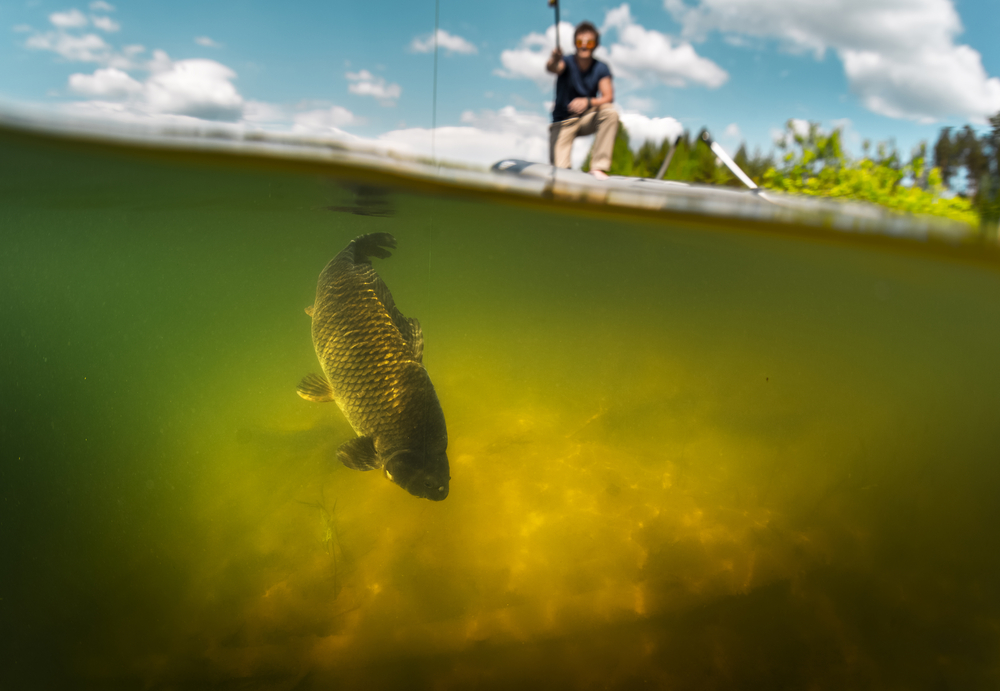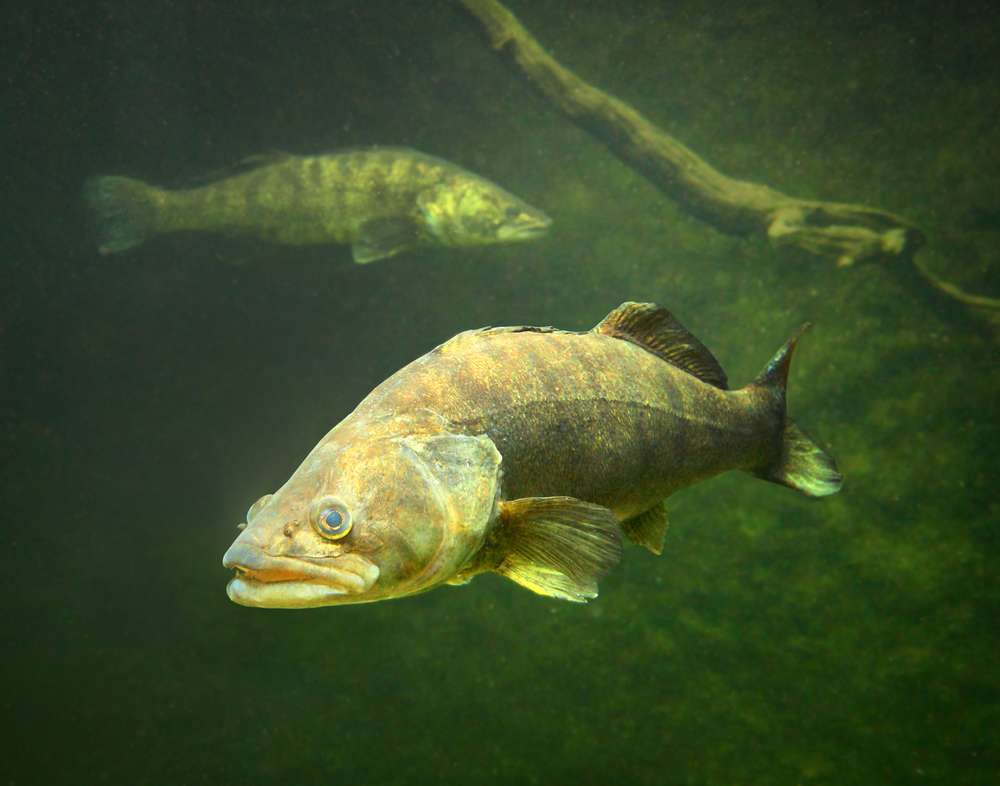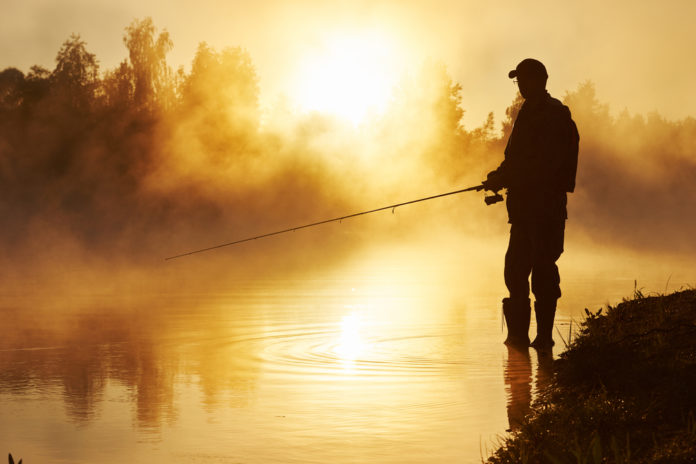When’s the best time to fish for walleye?
Close to night time as walleye are nocturnal. As the sun goes down walleye will come up out of the deep and start to feed. This is the best time to catch them using body baits that run only 10-15 ft down.
What approaches should be taken when fishing a new lake for bass?
Look at maps on a fish finder to see the contours and deeps along with the structure and cover. Bass love cover (rocks, weedbeds, shipwrecks, etc) so it is very important to know where these are on your GPS. If GPS is not available, paper maps can still give you the contours and lay of the lake. The next approach is to talk to the locals, like at tackle shops, for tips on what fish have been biting on and what methods have been most effective recently.
What are some effective carp fishing techniques?

Chumming the water beforehand with canned corn or bread will help attract carp to the area. Just be sure it is legal in your state or province: check the regulations for your area. As for bait, a common setup is a hair rig for carp. With the hair rig you will want the fish to run with the bait so keep your reel open so the fish can take line and swim with the bait. Allow the fish to take it for a few seconds and then set the hook.
What are some of the basics for catching sturgeon?
Sturgeon are bottom feeders, like carp and catfish. They love high protein foods like worms, scrimps, and fish. Unlike catfish and carp, they highly prefer fresh bait. You will need a sturdy rod and reel to fight these fish as they can grow rather large..
What are the best depths when fishing for largemouth bass?
Largemouths are usually shallow water fish but will go deep depending on the temperatures and feeding patterns. In the shallower water use your top water lures over structure like logs and rocks. Topwater lures will call out bass from hiding areas. You can fish deeper water with a tube jig by working it off the bottom, but not too deep. Largemouth are generally caught at depths no greater than 20 feet, and often in much shallower depths than that.
What are some tips for catching a walleye through the ice?
Try deeper water for Walleye. They like areas that are weedy. Walleye will move throughout the day so you may need to move with them. Heavy traffic from other ice fishermen (snowmobiles and atv’s) may scare them so try a spot that has good weed growth and away from the heavy traffic of other anglers. Using a jig tipped with a minnow is most effective. Remember not to over-jig as walleye can be quite lethargic in colder seasons.
What are some effective catfish techniques?
Smell is important when fishing for catfish, so the stinkier the better. Like carp, a hair rig (where the bait is on the line and the hook away from the bait) is a useful setup for catfish. If you do put your bait on the hook make sure it is strong but not too big. Ball the bait on it so the hook is hidden. Worms are an effective bait for catfish. Target under cuts on the edges of banks and log jams. Be sure to use strong braided line to get the catfish out of heavy cover.
What temperature do trout usually feed at?
Trout are very temperature sensitive. The ideal temperature is anywhere between 54F to 64F. Trout will feed heavily at this time. If the temperature rises the fish will seek the coolest water it can and usually not feed. If the temperature is low the fish’s metabolism slows and they seek out the pools in the river and will feed, but only if the feed is right in front of them.
Where do I fish for muskie?

Muskie can occupy any depth of the water column depending upon their size and feeding habits; Smaller muskies usually inhabit the same locations as Bass and Walleye (weedlines, thick cover, and submerged wood); bigger, more mature muskies are usually near deeper water haunts and feed on some of the lakes higher protein baitfish like smelts, herring or suckers. Trolling or casting bigger baits near off shore humps, shoals, or drop offs can produce bigger fish.
What do I use to fish for bass in the middle of summer?
The key thing is to be versatile as what will entice a bass one day may not the next. First off, some form of topwater bait works well, fishing off of key locations like points or shoals with deep water close by for either largies and/or smallies. As the day progresses, switch presentations and bait selections, depending on the species of bass. If it’s a largemouth bass lake, choose some form of semi-weedless bait that can be fished in or around heavy weed growth, like a texas-rigged worm or crawfish imitation. It’s a good idea to have several rods rigged up with different baits as you’ll be able to switch baits and presentations more easily until you find a successful pattern.










